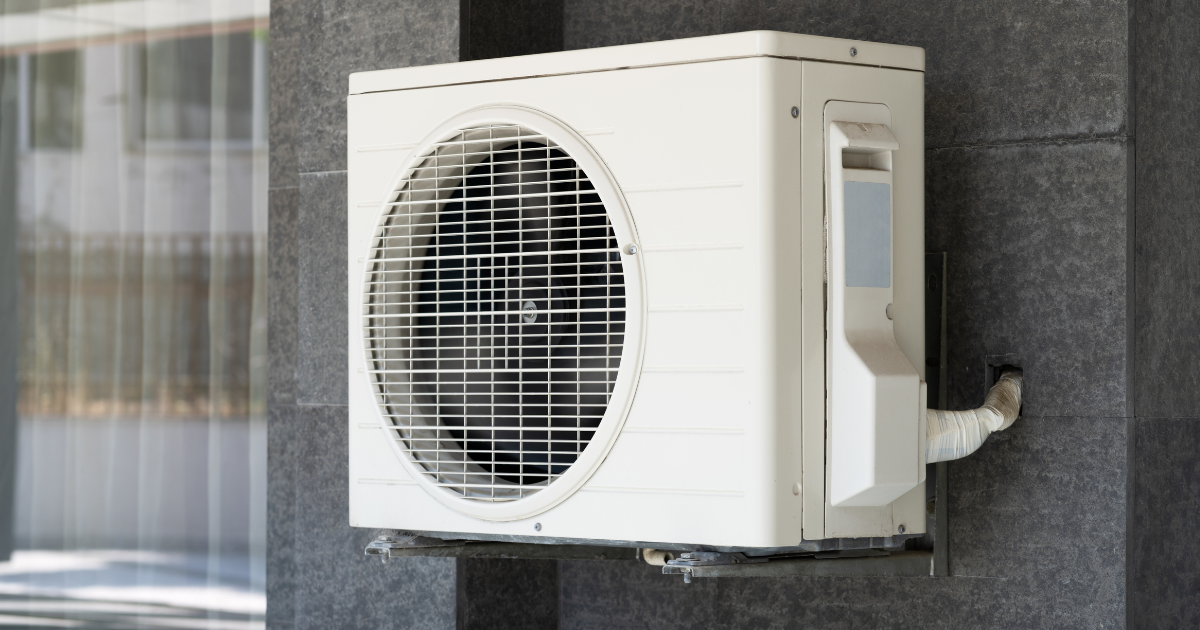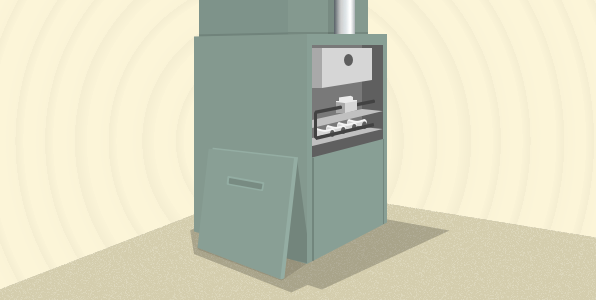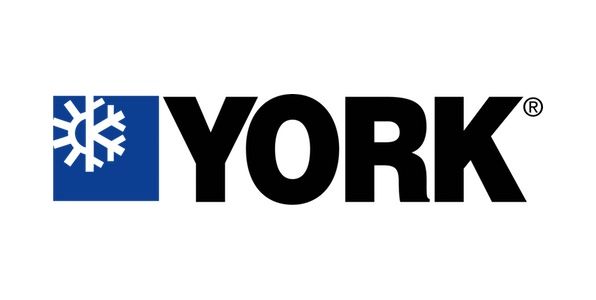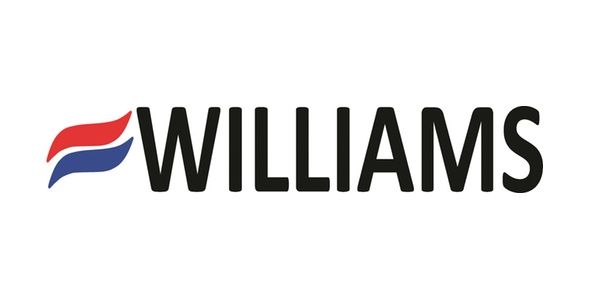The Advantages of Heat Pumps in Winter: How to Ensure Peak Efficiency
As the San Diego sun dips below the horizon, a cooler embrace takes over the city known for its endless summer. Mid-winter nights might not bring a snowfall, but they do invite a chill that makes a warm home an essential retreat. While the rest of the country grapples with icy blasts, you relish the mild winters, punctuated by visits to the vibrant Gaslamp Quarter or peaceful strolls along La Jolla Cove.
But when the temperatures do drop, having an efficient heat pump becomes the heart of your home comfort. Let’s explore the advantages of heat pumps and how they ensure your San Diego dwelling remains an oasis of warmth through the winter’s cool caress.
Navigating Winter’s Chill: The Role of Heat Pumps in Seasonal Comfort
Heat pumps are a great fit in moderate climates like San Diego’s, where the mild chill of winter nudges rather than knocks. These versatile units move warmth from the outdoors in, making them a more energy-conscious choice than traditional heating systems. This transfer method ends up resulting in lower energy use and cost savings that can add up to a lot over the cooler months of the year.
And when the rare cool day strikes, you’ll want the assurance that your heat pump is not just functional but operating at peak efficiency. Bob Jenson Air Conditioning & Heating is here to ensure that your heat pump is not just a piece of equipment but a reliable source of comfort when you need it most.
Advantages of Heat Pumps in Winter
When the San Diego winter whispers through your windows, a heat pump answers with a steady stream of warmth that’s gentle on both the environment and your wallet. Below, we’ll dive into the specific advantages of relying on a heat pump during the colder days, emphasizing how they contribute to a home that’s as efficient as it is cozy.
- Energy Efficiency and Cost Savings
- Dual-Functionality for Heating and Cooling
- Optimizing Performance Through Proper Maintenance
Energy Efficiency and Cost Savings
Winter in San Diego whispers rather than howls, and in these gentle chills, the heat pump shines as a beacon of energy thriftiness. Unlike their furnace cousins, heat pumps don’t burn energy to create warmth; they simply borrow it from the air outside and bring it in, using less energy for more comfort. This method of heat transfer makes them a smart player in your home’s energy game plan.
- Smart Heat Transfer: Heat pumps use refrigerant to extract outdoor heat, even in cooler temperatures, and amplify it indoors.
- Lower Energy Bills: By moving heat instead of making it, heat pumps operate on less energy, which trims down your utility bills.
- Eco-Friendly Heating: This energy-saving approach translates to a lower carbon footprint, making heat pumps friends to both your wallet and the planet.
With a heat pump from Bob Jenson Air Conditioning & Heating, you tap into a system that works with the environment, not against it. It’s an investment that pays off not just in continuous comfort but also in savings that accrue with every bill.
Dual-Functionality for Heating and Cooling
The versatility of a heat pump is like having both a summer breeze and a winter hearth in one package. During San Diego’s milder winters, heat pumps draw in what warmth the outside air offers, and in the blaze of summer, they whisk the heat out of your home, keeping it oasis cool.
- Year-Round Comfort: The ability to heat in winter and cool in summer means one system does it all.
- Seamless Transition: Flipping between heating and cooling is as easy as a switch, making temperature control a breeze.
- Consistent Climate Control: Heat pumps maintain a steady temperature, avoiding the temperature swings that other systems might have.
Entrusting your year-round comfort to a heat pump installed by Bob Jenson Air Conditioning & Heating means embracing a seamless, efficient lifestyle. No matter the season, your home becomes a haven of just-right temperatures, delivering comfort that adapts to your needs at a moment’s notice.
Optimizing Performance Through Proper Maintenance
As the winter months continue to unfold in San Diego, the smooth operation of your heat pump is key to uninterrupted comfort. Think of maintenance as the guardian of efficiency, meaning that a well-tuned heat pump responds better, works less, and saves you money.
Keeping up with routine maintenance is about so much more than preventing breakdowns. It’s about optimizing heat pumps so that they are there to serve you best when you need them the most.
- Air Filter Vigilance: Regularly cleaning or replacing air filters is crucial for airflow and efficiency, keeping your system breathing easily.
- Debris-Free Outdoor Units: Clear leaves, dirt, and debris from around outdoor units to prevent blockages and maintain proper heat exchange.
- Professional Check-Ups: Schedule inspections with Bob Jenson Air Conditioning & Heating to catch and fix any sneaky issues before they escalate.
Proactive care for your heat pump fortifies your winter defenses at the same time as securing your wallet against any unforeseen energy spikes that might come your way. With Bob Jenson Air Conditioning & Heating, your heat pump maintenance is in reliable hands, ensuring that your system delivers cozy warmth all winter and transitions smoothly into the cool relief of summer.
Seal in the Warmth This Winter With Bob Jenson
As we continue to enjoy the season’s offerings, from Balboa Park to the serene evenings that you spend at home, your heat pump is an essential part of the winter experience in San Diego, CA. With Bob Jenson Air Conditioning & Heating ready to assist you with our services for heat pumps, you can rest assured that your heat pump will keep performing efficiently throughout the season and every season after.
Don’t let a dip in the temperature put a stop to your comfort. Instead, reach out to us at Bob Jenson Air Conditioning & Heating so we can ensure your heat pump system is primed for efficiency and ready to handle whatever the San Diego winter has in store.










